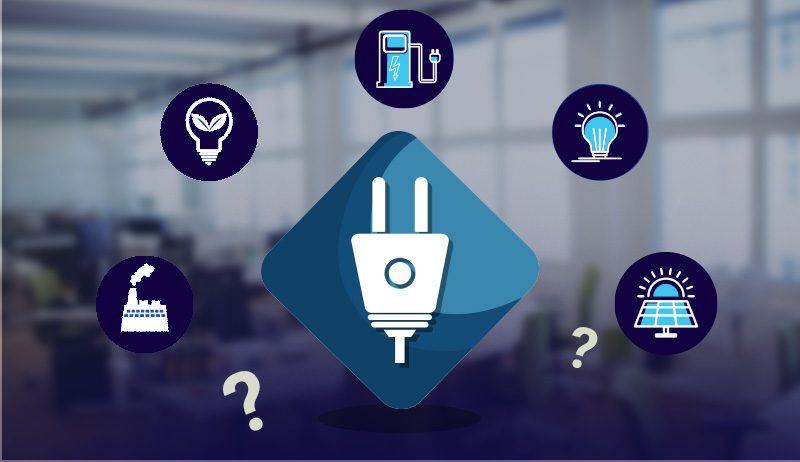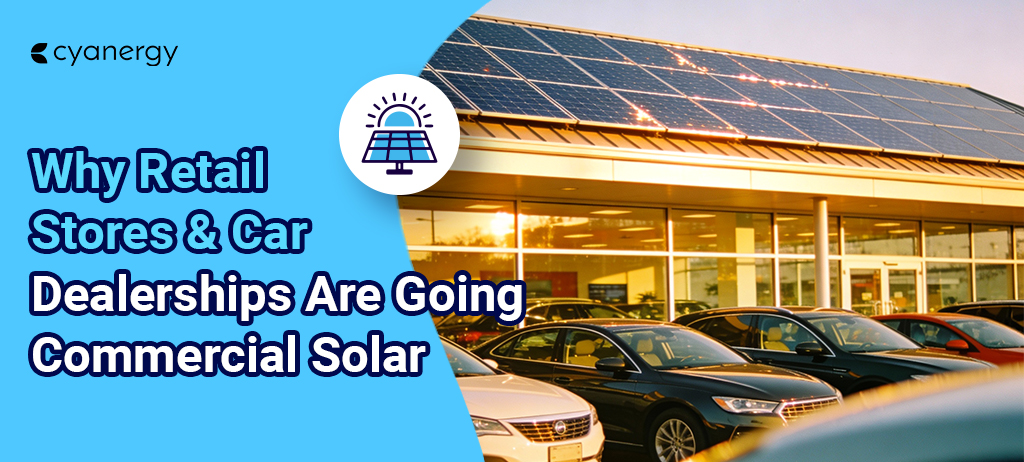Australia is at the forefront of the climate crisis and its potential solutions. Its coal industry is crucial to the economy, employing 46,000 people and generating over 50% of the country’s electricity. However, this reliance on coal has had significant impacts.
However, since 1910, Australia’s average temperature has risen by more than 1.47 °C, leading to more frequent extreme weather events like wildfires, floods, and droughts.
But can electrification change the temperature crisis in Australia? Is Electrification the future of industries? Let’s try to find out.
On the bright side, Australia has the potential to lead the way to a net-zero economy, where the amount of greenhouse gases emitted is balanced by the amount removed from the atmosphere.
The country has plenty of sunshine and open land, making it ideal for renewable energy projects. The government’s track record on climate policy is mixed, with some administrations favouring fossil fuels over clean energy.
Despite this, 40% of Australia’s electricity came from renewable sources last year, and many significant wind and solar power projects are in progress.
However, there have been instances where policies have favoured short-term economic gains over long-term sustainability, leading to a mixed track record.
Australia's Chance to Boost New Investment
Have you ever considered the energy needed to make things like beer, books, or plastic bottles? Manufacturers need a lot of heat to turn raw materials into products we use daily.
Switching from traditional energy sources to electricity in the industry is a great chance to attract new investments, such as those in renewable energy projects and advanced manufacturing technologies, and revive Australian manufacturing for many years.
The Electrifying Industry examines five types of electric heating technology and their applications: industrial heat pumps, electromagnetic heating, electric furnaces, renewable hydrogen, and heat storage.
The Impact of Electrification on the Future of Australian Industry

Lower Carbon Emissions:
Energy Efficiency:
Using Renewable Energy:
Innovation and Technology:
Electrification encourages technological innovation. Switching to electric machinery and processes can lead to the development and adoption advanced technologies, improving industrial competitiveness through automation and intelligent solutions.
This innovation potential should excite the audience about the future of Australian industries.
Job Creation:
Electrification has the potential to create new jobs in sectors like renewable energy, electric vehicle manufacturing, energy storage, and other emerging fields.
This leads to a skilled workforce and promises economic growth, instilling hope and optimism for the future of Australian industries.
Supply Chain Resilience:
Global Market Access:
Regulatory Compliance:
Infrastructure Development:
Resilient and Sustainable Growth:
Electrification can lead to a more resilient and sustainable industrial landscape in Australia, allowing industries to thrive in a future focused on environmental care, technological progress, and changing consumer preferences.
Cooperation among the government, industry, and research sectors is crucial to fully achieving the benefits of electrification.
Policymakers and industry leaders must collaborate to create supportive policies, incentives, and investments in research and development, fostering a sense of collective responsibility and action.
Electrification’s Approach to Energy Efficiency

Why is Electrification More Energy-efficient?
Most fossil fuel-based heating processes could be more efficient and save a lot of heat. Electrical heating technologies are more efficient because they can:
- Deliver heat at the needed temperature, whereas fossil fuel systems often produce excess heat.
- Directly transfer heat to the material with minimal heat loss to the environment.
- Provide heat right where it’s needed, reducing heat loss during distribution.
- Sometimes, the need for heat is eliminated, such as when reverse osmosis removes water or ultraviolet light cures paints.
What Are the Other Benefits of Electrifying Industrial Heat Processes?
- Higher Temperature Capability: Electricity can power heat transfer at extremely high temperatures (up to 3,000°C), while gas-fired processes are limited to around 1,900°C.
- Speed: Electrical heat is faster. For example, induction and infrared technologies can complete tasks in seconds or minutes compared to hours for gas-fired systems.
- Availability: Electricity is accessible everywhere. Wind, solar power, and batteries can provide a cost-effective energy source in off-grid locations.
- Lower Labor Costs: Most electrical heating systems require less monitoring than combustion heating systems, reducing labour costs.
- Energy Security: Using electricity reduces dependence on the unpredictable prices of fossil fuels.
Paving the Way for New Technology
About 50% of all lights in Australia use old technology (“tubes and bulbs”). Switching to connected LED lighting could have a significant financial and environmental impact.
If all lights were switched to connected LEDs, it could save AUS$ 8.1 billion (US$5.3 billion) annually and reduce carbon dioxide emissions by 7.9 million tonnes. This is like eliminating 76 million passenger flights from Melbourne to Sydney.
Additionally, modern LED lighting frees up electricity for other uses. Signify estimates that connected LEDs were used everywhere in Australia and could power 3.8 million heat pumps, 4.4 million electric vehicles, or 5.2 million electric cooking units yearly.
Australia has great potential in the fight against climate change. With abundant renewable resources, it should lead by example.
Combining new energy-efficient technology with these resources could drive the economy towards a net-zero electric future. We need to act quickly and can gain a lot from this transition,
Climate change has recently caused flooding and wildfires in Australia’s towns and cities. Part of the solution is to change how energy is used and wasted across the economy.
Small, practical steps to save energy with new technologies will free up electricity for other uses and significantly reduce emissions contributing to extreme weather events.
Electrical Energy Generation in Australia

Australia’s electricity comes from various sources, which have changed over the years. Here are some key points:
Renewable Energy: Australia is increasing its use of renewable energy, such as wind, solar, hydroelectric, and biomass. The country has lots of sunshine and wind, making it ideal for clean energy.
Solar Energy: Australia has high solar radiation levels, which has led many homes and utilities to adopt solar photovoltaic (PV) systems.
Wind Energy: Wind power is growing, with wind farms adding electricity to the grid in various areas.
Hydroelectric Power: While not as common as in some other countries, hydroelectric power plants are part of Australia’s energy mix.
Natural Gas: Natural gas is a significant part of Australia’s electricity generation. Gas-fired power plants are a flexible and relatively cleaner alternative to coal.
Nuclear Energy: Australia currently has no commercial nuclear power plants, and nuclear energy is more debated than used in the energy mix.
Energy Storage: Since solar and wind can be inconsistent, there is a growing focus on energy storage solutions like batteries. These help store extra energy for use when production is low.
Electric Vehicles (EVs) and Charging Infrastructure: Renewable energy is also used in transportation, with a push for electric vehicles (EVs). Industries are investing in EV fleets and developing charging stations powered by renewable energy.
Digital Transformation is Changing Australian Industries
Digital transformation is central to the energy sector’s goal of reaching net-zero emissions. Combining net-zero goals, advances in digital and industrial technologies, and changing consumer awareness creates new digital opportunities in the energy system.
Australia’s energy suppliers are global leaders using digital technology to meet net-zero goals. The World Economic Forum (WEF) estimates that digital transformation could add USD 1.3 trillion to the global electricity sector.
Australian energy suppliers plan to use digital business transformation to drive their progress toward net-zero outcomes.
Is Electrification The Future of Industries?
Electrification is poised to be the future of Australian industries, driven by the need to reduce carbon emissions, enhance energy efficiency, and integrate abundant renewable energy sources like solar and wind.
As industries transition from fossil fuels to electric-powered processes, they can leverage advancements in digital technologies to optimise energy use, reduce costs, and meet net-zero goals.
This shift promises to create new job opportunities, stimulate economic growth, and position Australia as a global leader in sustainable industrial practices, aligning with environmental and financial objectives.
For more informative content, keep an eye on Cyanergy!







